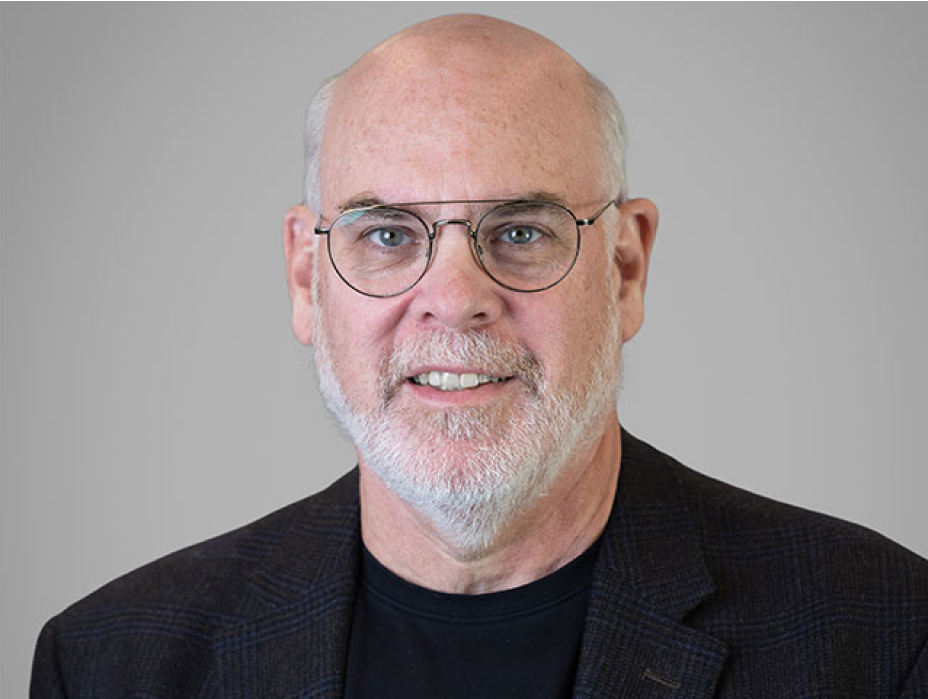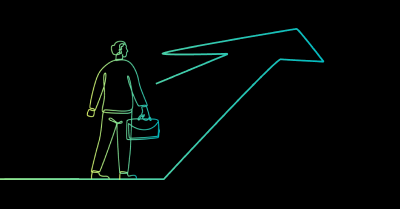
Since the dawn of the Internet, predictions have abounded about the demise of the insurance agent, with the idea that the digital world would drive a shift to direct, online sales and service. Digital capabilities have certainly had a big impact on the world of insurance distribution. From marketing and sales to servicing and operations, there has been significant automation at both the agency and carrier levels. Agent/carrier interactions are now heavily reliant on tech-based intermediary platforms such as comparative raters, portals for sales and service, and upload download solutions.
However, a funny thing has happened on the way to digitization and automation… agents are still the dominant distribution channel. The number of independent agencies in the US has remained relatively constant – approximately 39,000 – despite the massive M&A wave of the last decade, when over 7,000 transactions occurred. Many of the large brokers/agencies have grown dramatically. Also, the percentage of business that flows from the agent channel cremains high, especially on the commercial lines side (87% of commercial lines premiums were placed by independent agents in 2023, according to the Big “I” 2024 Market Share Report).
Given these dynamics, what should we expect for insurance agencies in 2035? Will the trend continue in terms of the number of agencies, the percentage of premiums they manage, and the shift of power to the mega-agencies and networks? While I don’t have a crystal ball, I do have a more than 40-year perspective on the industry and a penchant for making predictions. There are a number of questions that must be explored to assess how agencies are likely to evolve over the next decade. Here are my predictions for each:
What will happen with M&A, and will the next decade be similar to the last?
After the flurry of acquisitions in the last decade, I anticipate a slowdown… a pause in M&A. There will still be plenty of M&A activity but at a lower rate for the next few years. Many of the large acquirers have shifted focus to enterprise optimization – consolidating to common platforms, providing shared services, standardizing and optimizing platforms, and, in some cases, managing brand transitions.
Will the continued growth of the largest players squeeze out business from smaller agencies?
The balance of power has already been shifting between agencies and carriers. Carriers are placing more emphasis on negotiating with large agents and brokers as well as the large networks. I expect this trend to continue and result in some carriers de-emphasizing relationships with smaller, local agencies.
What role will automation and AI play in reshaping insurance agencies in 2035?
No discussion of industry transformation is complete without considering the effects of automation and AI. In one sense, the emergence of generative AI is democratizing these capabilities and enables even the smallest company to leverage the tools in the market. On the other hand, the scale, expertise, and resources required to build and maintain sophisticated tech platforms will favor the largest companies.
Will embedded insurance approaches steal business from agents?
Some pundits see embedded insurance approaches growing dramatically, accounting for very significant portions of insurance sales by 2035. The biggest threat to agency business is in personal auto, especially as autonomous vehicle capabilities advance and more OEMs enter the insurance business. When direct online sales are factored in, it is likely that agency business in this line will decline significantly. However, embedded insurance is more likely to address risks that are currently not insured or are underinsured. In addition, much of embedded insurance will be for small premium (thus small commission) business that agents would not cover anyway.
Will customer preferences and the requirements to serve those demands reduce the need for local presence?
As younger generations become the primary customers for both personal and commercial lines, their expectations and demands will strongly influence insurance sales. They will most likely prefer to shop and interact online to find the best advice, solutions, and customer experience for their purchasing and servicing preferences. This doesn’t mean they will bypass humans, but it does mean they will be more likely to connect with agents associated with large distribution entities.
The net of this discussion – and my prediction – is that the agency channel will remain vibrant and strong over the next decade, but an increasing percentage of the premium will flow through the top 20 or so companies. Will there be agencies with an office in their small town, sponsoring the local softball team and participating in the local Rotary group? The answer is yes, but probably not as many as today, and the ones that do exist will virtually all be part of large networks.
Our new research report, “Insurance in 2035,” is now available to current advisory clients. Visit our Insights page to access the full report and discover more in-depth analysis on the current state of the insurance industry, technology, and talent.



